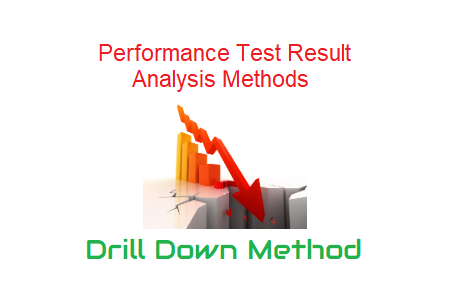Trend Method
The definition of Trend represents “a general direction in which something is developing or changing”. Trend analysis method can be applied to client, server and network metrics. Before understanding the Trends method, it is good to know about the WHIWH rule. Now, let’s get started with how you can understand the graph and identify the bottleneck using … Read more






